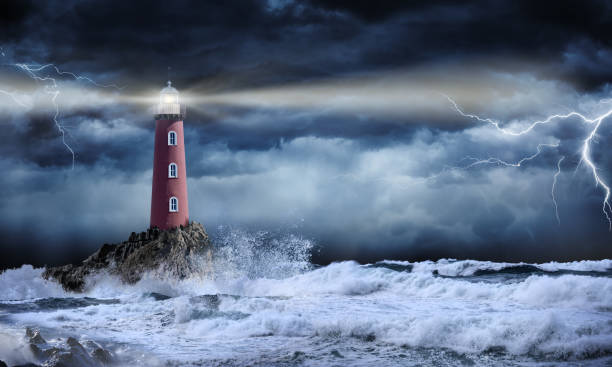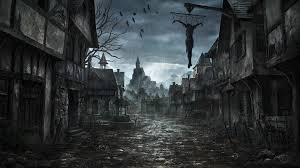Grim Dark
“Grimdark” is a subgenre of speculative fiction, particularly prevalent in fantasy and science fiction literature, that is characterized by its gritty, morally ambiguous, and often bleak portrayal of the world and its inhabitants. The term “grimdark” originated from the tagline “In the grim darkness of the far future, there is only war,” from the tabletop war game Warhammer 40,000.
Key characteristics of grimdark literature include:
- Dark and Gritty Atmosphere: Grimdark stories often take place in grim, dystopian, or war-torn settings where violence, suffering, and despair are prevalent. These worlds are typically depicted as harsh and unforgiving.
- Moral Ambiguity: In grimdark fiction, morality is rarely black and white. Characters often exhibit shades of gray, with protagonists who may be morally compromised or antiheroes, and villains who possess redeeming qualities or sympathetic motives.
- Complex Characters: Grimdark literature is known for its complex and morally conflicted characters. They may be driven by selfish desires, personal vendettas, or survival instincts, rather than altruism or heroism.
- Violence and Realism: Violence is often depicted graphically and realistically in grimdark works. Combat scenes can be brutal and visceral, reflecting the harsh realities of conflict and warfare.
- Political Intrigue and Power Struggles: Grimdark stories frequently feature political intrigue, power struggles, and betrayal among factions, organizations, or individuals vying for control or survival in a harsh world.
- Lack of Idealism: Grimdark literature often eschews traditional heroic tropes and idealistic narratives. Instead, it presents a cynical or nihilistic view of the world, where hope is scarce and optimism is often fleeting.
Popular examples of grimdark literature include George R.R. Martin’s “A Song of Ice and Fire” series, Joe Abercrombie’s “The First Law” trilogy, and Richard K. Morgan’s “The Steel Remains.” In addition to literature, grimdark themes can also be found in other forms of media, such as tabletop games, video games, and film.

